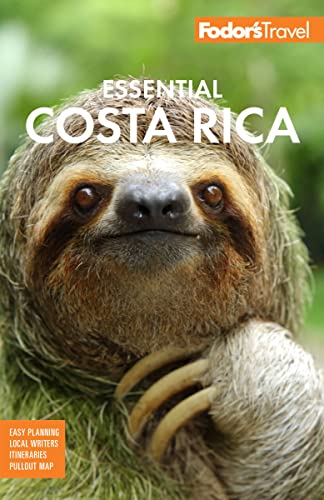Once frequented mostly by diehard surfers in search of some of the country's largest waves and by naturalists en route to the nearby Cabo Blanco Absolute Nature Preserve, this area is now a 10-km (6-mile) stretch of hotels, restaurants, and shopping centers strung along a mostly dirt road that is choked with dust in the dry season and awash in mud the rest of the year. Despite the congestion, the string of beaches and consistent surf still draw a multitude of surfers. Health-oriented spas, organic restaurants, and yoga classes are also attracting a very international, young crowd, from Europe, Australia, and North America.
Coming from Cóbano, the road alternates between paved and dirt sections until it reaches an intersection, known locally as El Cruce, marked by a cluster of shopping centers, banks, restaurants, and hotel signs. To the left is the partially paved route to relatively tranquil Malpaís, and to the right is the road to Santa Teresa, which has a few paved sections but is mostly a rutted, narrow dirt road clogged with trucks, ATVs, bicycles, and pedestrians. Playa Carmen, straight ahead, is the area's best place for surfing, though swimmers will want to be careful of rip currents. Malpaís and Santa Teresa are so close that locals disagree on where one begins and the other ends. You could travel up the road parallel to the ocean that connects them and not realize you've moved from one town to the other.





